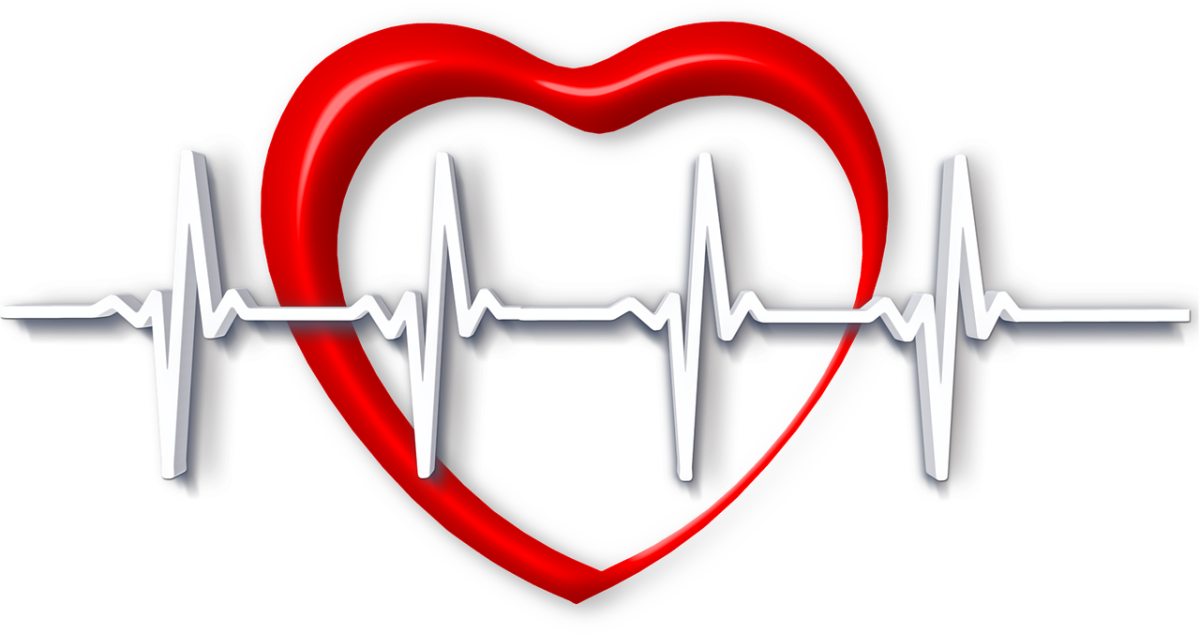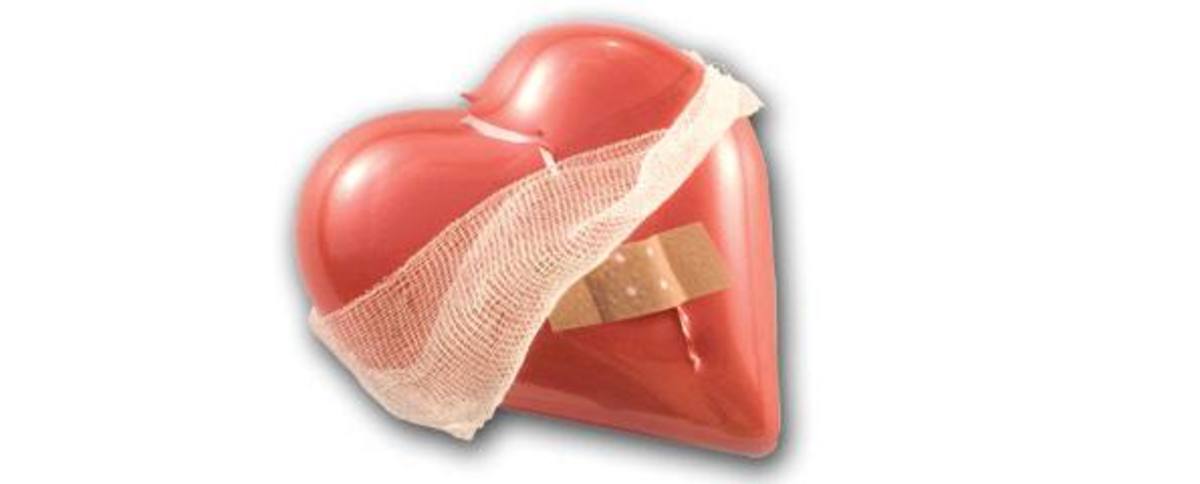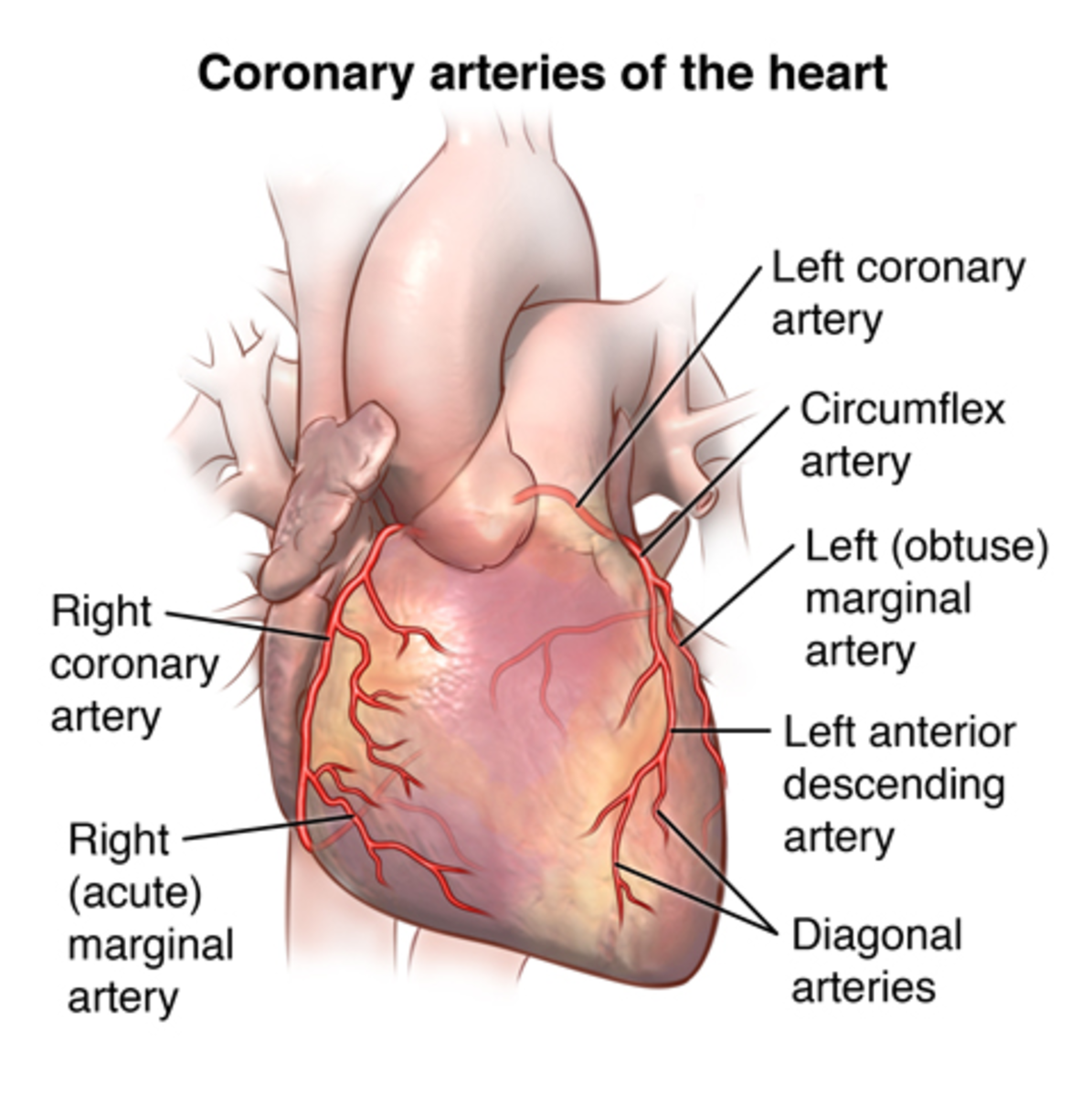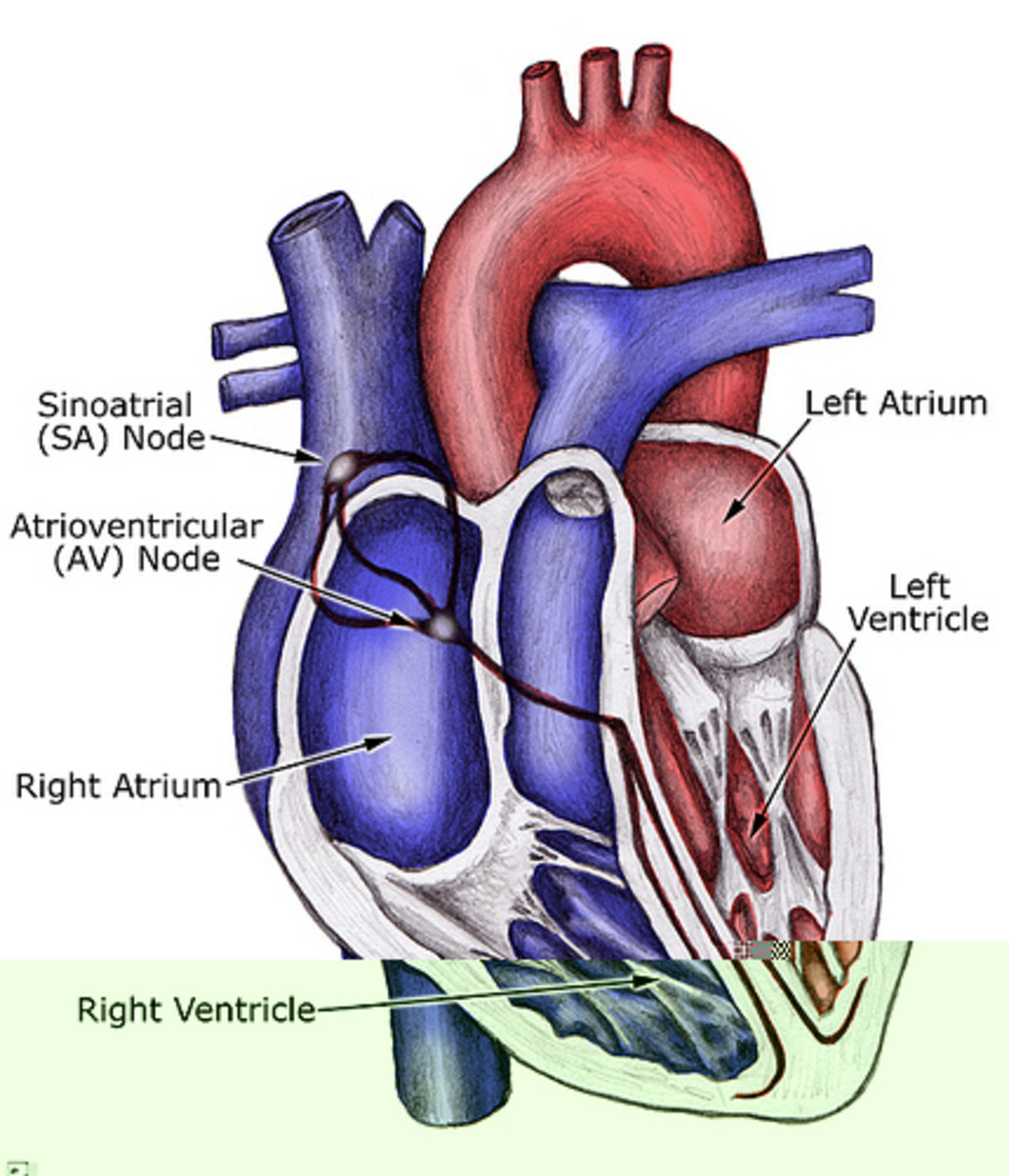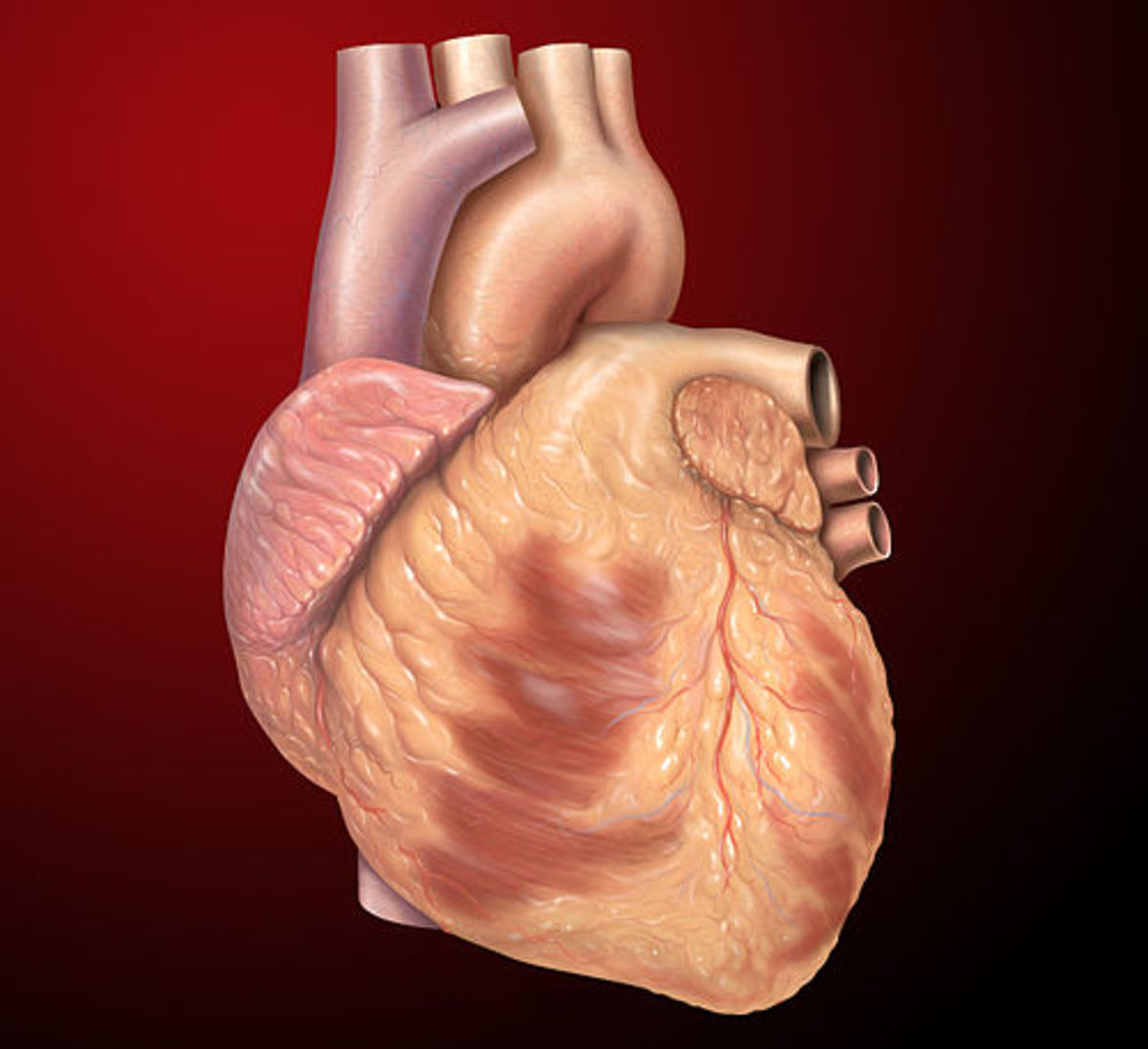How Her Heart Differs from His
A heart attack can cause totally different symptoms in women then in men. That’s why often heart diseases aren’t recognized in women and the diagnosis is missed. As a result women don’t get the proper treatment in time and are more at risk to die from a heart attack then men. A research among European women showed that 42 percent died within a year after their heart attack, while the mortality rate among men is 24 percent!!
The classical symptoms of a heart attack are:
- an unpleasant feeling of pressure on the chest that can irradiate to the arms and jaws
- exuberant sweating without any reason
- pain between the scapulae
- burning sensation below the sternum
- nausea and vomiting
- sudden giddiness
- a short period of being unconscious without warning.
In most cases a heart attack will announce itself this way - in a man that is!!
But for women a heart attack can reveal itself with totally different symptoms, like:
- Unusual sudden fatigue
- Insomnia
- Dyspnoea
- Abdominal pain
- Pain in the neck
- Palpitations
The symptoms of a heart attack in women also can be explained as stress related or menopausal problems. Women do suffer more “silent” heart attacks (with little or no symptoms) and have more often then men spasms of the coronary arteries with almost the same symptoms as a heart attack.
And to top it off: when women finally go to the emergency room, the ECG is often inconclusive in contrast to a “male” ECG and they are sent home!!
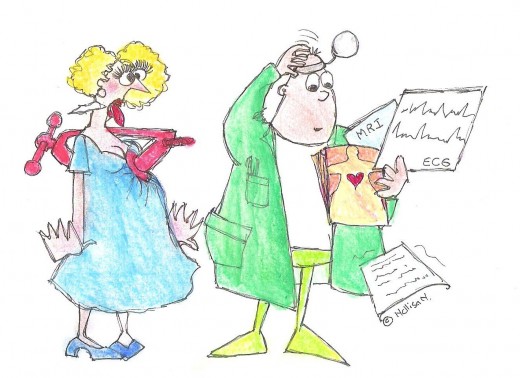
Until recently it was a big medical mystery: women with repeated chest pain attacks who showed no “classical” blockade in one of the coronary arteries.
American researchers have researched these phenomena in women and have discovered the micro vascular syndrome: a constriction by plaque doesn't to occur in one of the major coronary arteries, as in men, but can also occur in the smaller branches. The plaque in men is neatly piled up in one artery and in women it’s spread out across the entire length of an artery.
Even with invasive heart catheterization this often won’t show up. Since recently this syndrome can be made visible with a Multislice CT-scan.
This syndrome can’t be cured yet, but the impact can be slowed down with medication and a change in life style.
Researchers of the Brigham and Women’s Hospitalin Boston have followed approximately 25.000 women over a period of 10 years. At the start of the research the women were 45 years or older and didn't suffer from cardiovascular diseases or cancer.
As a result of this research the Framingham Risk Score was developed with an addition of 35 extra risk factors for women. This culminated in a redistribution of the risk categories: 40-50 percent of the women in the average at risk group were moved to the high or low at risk group.They developed a more accurate medical model to predict how high the risk is for women of getting a cardiovascular disease in the next 10 years. It’s called the Reynolds Risk Score which is published in JAMA.
From my own experience: In the weeks preceding my heart attack the symptoms presented itself as a painful spot in my neck during a couple of minutes, extreme fatigue and pain between the shoulder blades. I had never had high blood pressure, I was not overweight, I exercised routinely. I did smoke, had a lot of stress and have a family history of heart diseases.
I ignored these symptoms for weeks and minimised it as “working long hours behind the computer”. Till the day I couldn't ignore them anymore - I couldn't finish doing my groceries - I was too tired!!
I went to an emergency post and the doctor on duty was accompanied by a doctor in training. After a physical checkup the doctor asked the (female!!!) doctor in training what her advice to me would be and she said: “ I see no real physical problems here, it’s probably stress, so I am sending her home.”
On which the doctor said: “No, I think the patient has an instable angina pectoris and that is often a warning sign in women for a heart attack, so we are going to admit the patient at once!!
That doctor probably saved my life. By the time I was put in a hospital bed the heart attack was full-blown present and I was in and out of consciousness.
That day a couple of stents were placed in a completely blocked artery. It all ended well and I consider myself one of the lucky women who had the good fortune to find an experienced doctor at the right moment!!
Conclusion:
- With an early detection of risk factors and a healthy life style one can decrease the risk of getting a cardiovascular disease with 80 percent and that applies to men and women!!
- To prevent cardiovascular diseases it’s vital to check the cholesterol level and blood pressure regularly (especially for women during or after the menopause, when the hormonal protection has decreased).
- It must have the highest priority to inform women, doctors and nursing staffs of emergency rooms about the difference in symptoms of a heart attack in women and the different approach in diagnosing women when it comes to determining a heart attack!!


